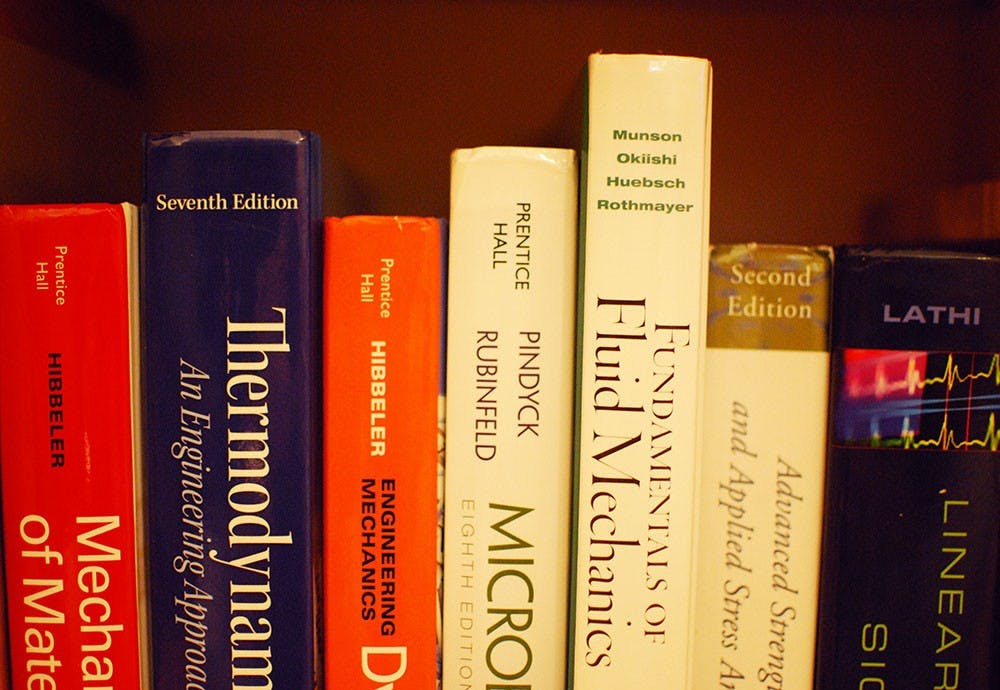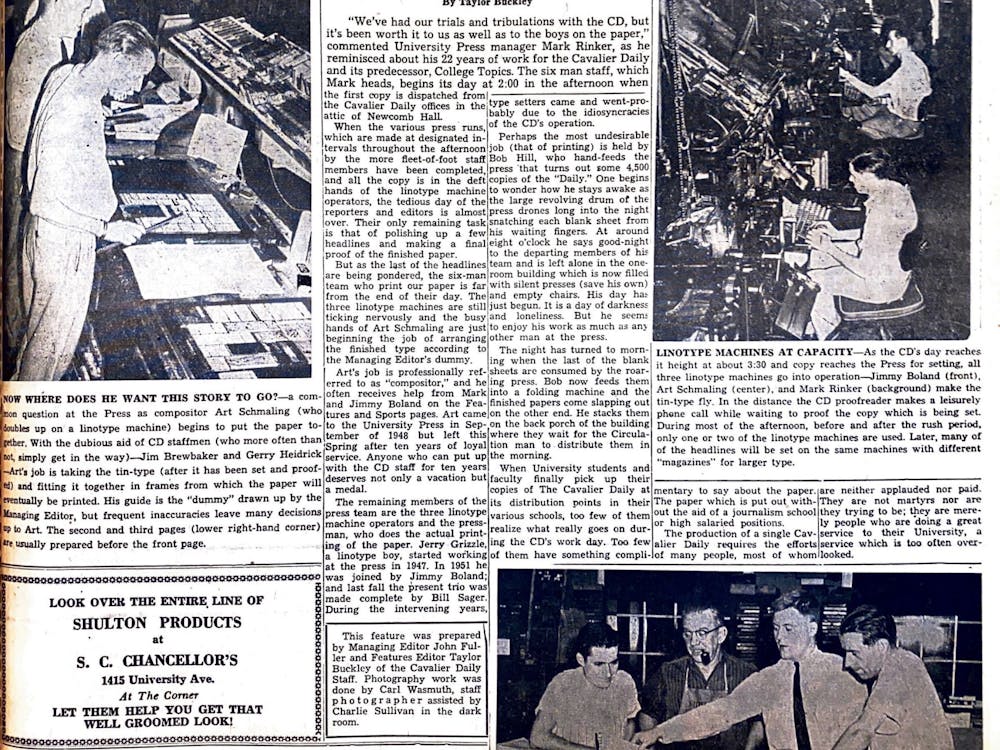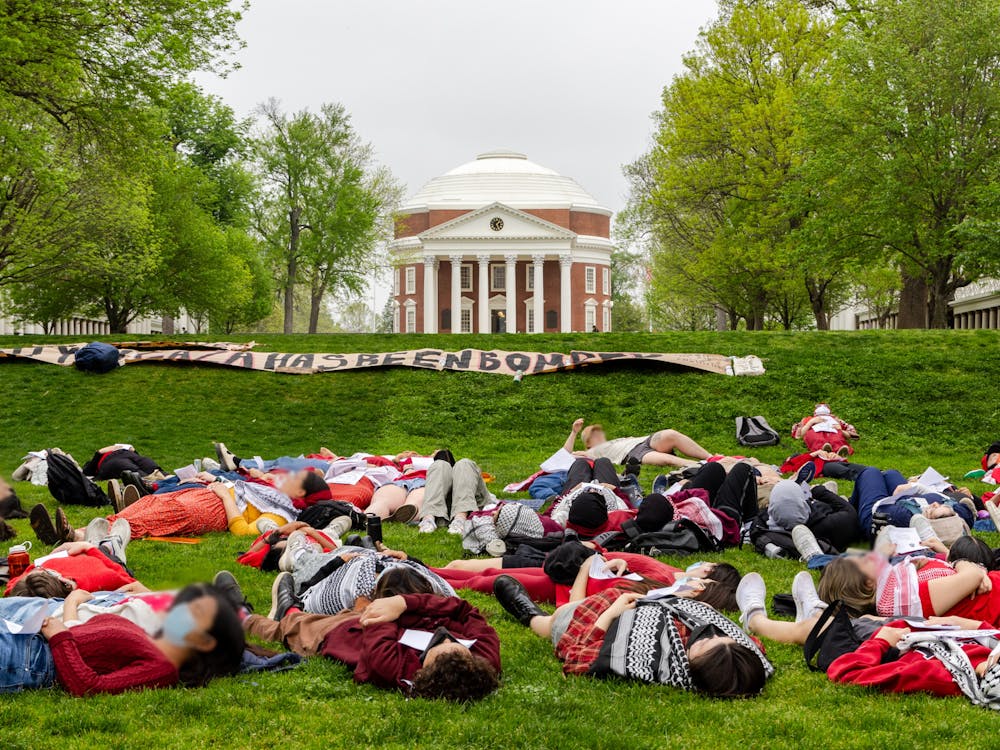With the advent of online textbooks, large-scale publishing houses have been forced to evolve to allow quick, affordable access to printed texts — or else risk financial failure.
McGraw-Hill and Pearson, the two largest textbook publishers, face issues with incredibly high fixed costs, strained editor-author interaction and high turnover rate.
Commerce Prof. Robert Kemp, author of "How Business Works and Financial Accounting," said these publishers have difficulty keeping prices down for students because so many costs are involved in bringing a textbook from rough draft to final product.
“The investment of a publisher is huge fixed costs,” Kemp said. “When they charge you, say, $100 for a book with only five or 10 dollars of paper in it … they make a margin of about $90. But, that margin has to go take care of all the editors … and things like the cost of the website — there’s a website manager that has to be staffed 24 hours a day.”
Additionally, Politics Prof. David O’Brien said, many professors who write textbooks find difficulty interacting and forming relationships with editors the publishing houses assign to them. O’Brien has authored several constitutional law textbooks himself.
“The basic problem is with very large houses the editors rotate about every 18 months, and they always want to reinvent,” he said, adding this creates a disconnect between the author’s intentions for the work and those of the publisher.
Many publishers attempt to simplify or restructure texts to generate sales to a wider audience. They also encourage authors to produce revised editions, a time-consuming process which also causes much published material to fall quickly out of date.
“It takes three years to bring a new edition of the accounting book I have with Pearson to the market,” Kemp said. “I just released this year a new edition, and they’re already all over me to start working on the next edition. It’s very slow to market.”
The bureaucracy of large scale publishing houses dissatisfies many professors seeking the most accurate and modern learning resources for their students.
The current business model of major publishers also offers limited financial gains for the authors. Generally, authors are paid through royalties, gaining a percentage of proceeds each time their textbook is purchased. University presses typically pay 5 to 8 percent of sales toward royalties, while publishers in the trade market pay roughly 15 percent.
However, the publisher normally pockets the royalties for the first several thousand copies sold, so the author may be compensated very little if their textbook is not widely adopted. Moreover, bookstores and other intermediary retailers actually make more money than the authors. When used books are bought and sold through these retailers, the author does not pull a profit.
Nevertheless, many authors feel obligated to use publishers — as self-publishers lack marketing and advertising ability, formatting and editing experience, and the capability to print on a large scale.
Economics Prof. Lee Coppock said he is appreciative of the work his publisher, W.W. Norton, has done.
“I think publishers [are] integral parts of the process,” he said. “We have an e-book version of our text that students can use on smartphone or tablet. It was very expensive to produce and I could not have done it myself. Also, there are websites and infographics and video tutorials and other supplements. These extras cost millions to produce. It takes a smart publisher to do this right. Writing the book is one small step in the process and I’m not sure I could have taken even that step without input from Norton.”
Most authors recognize how difficult it is to make money writing textbooks, but continue to write for what Kemp calls the desire to, “expand" and "disseminate .... the body of knowledge.”
Professors such as Kemp, O’Brien and Coppock said they write because they want to provide their students the best possible resources to learn in their classes.
To reconcile the desire to educate with the challenges imposed by large publishing houses, many professors have switched to smaller-scale publishers which offer more individualized interaction, lower prices for students and a commitment to developing new learning methods.
Kemp said that his new publisher, Cognella, allows him to sell his text for 35 percent less than his former publisher did, and also gives him flexibility and support in the ongoing publishing process. Students are able to buy the textbook directly from the publisher, eliminating the costs of the middle-man.
Among the many changes in the textbook industry, none may be more paramount than the rise of e-books. But Coppock said this may not be as transformative as some reports make it seem.
"Textbooks will continue to exist very much like they are now." he said. "Students enjoy to hold and mark-up a traditional physical textbook.”





